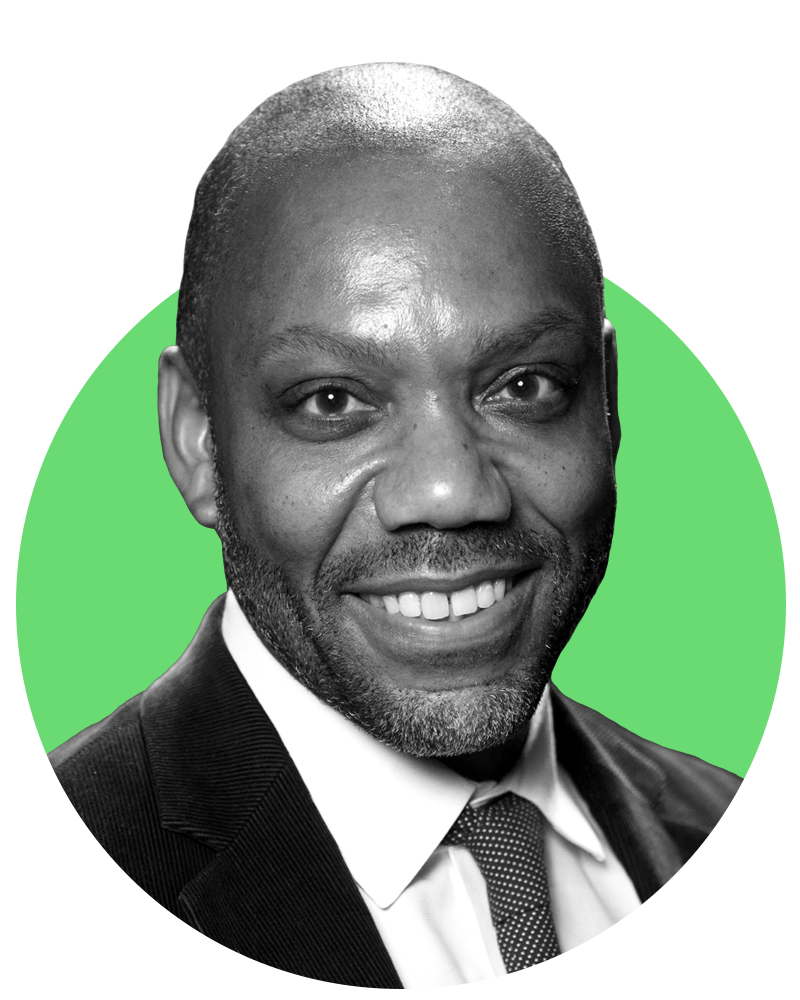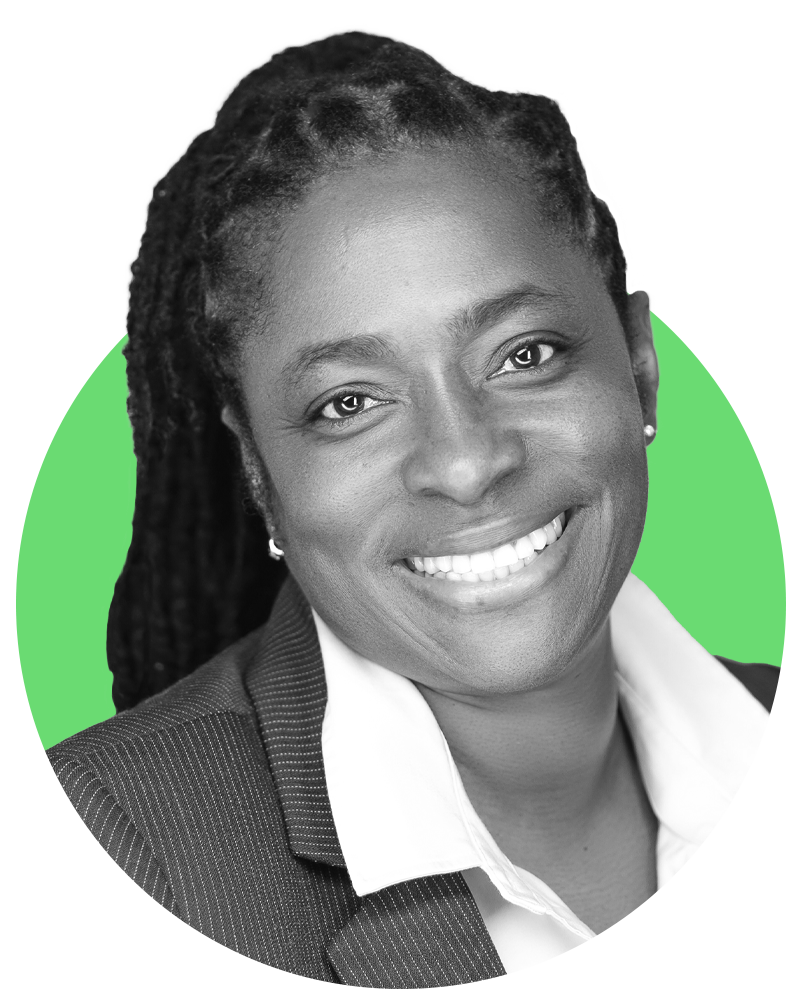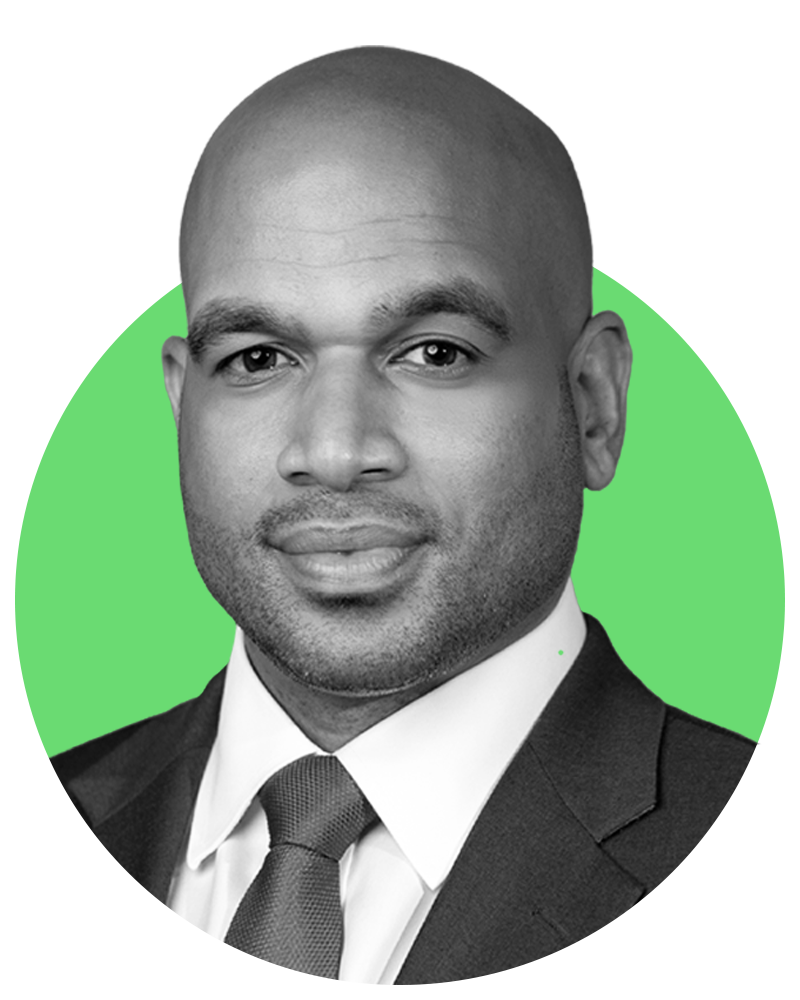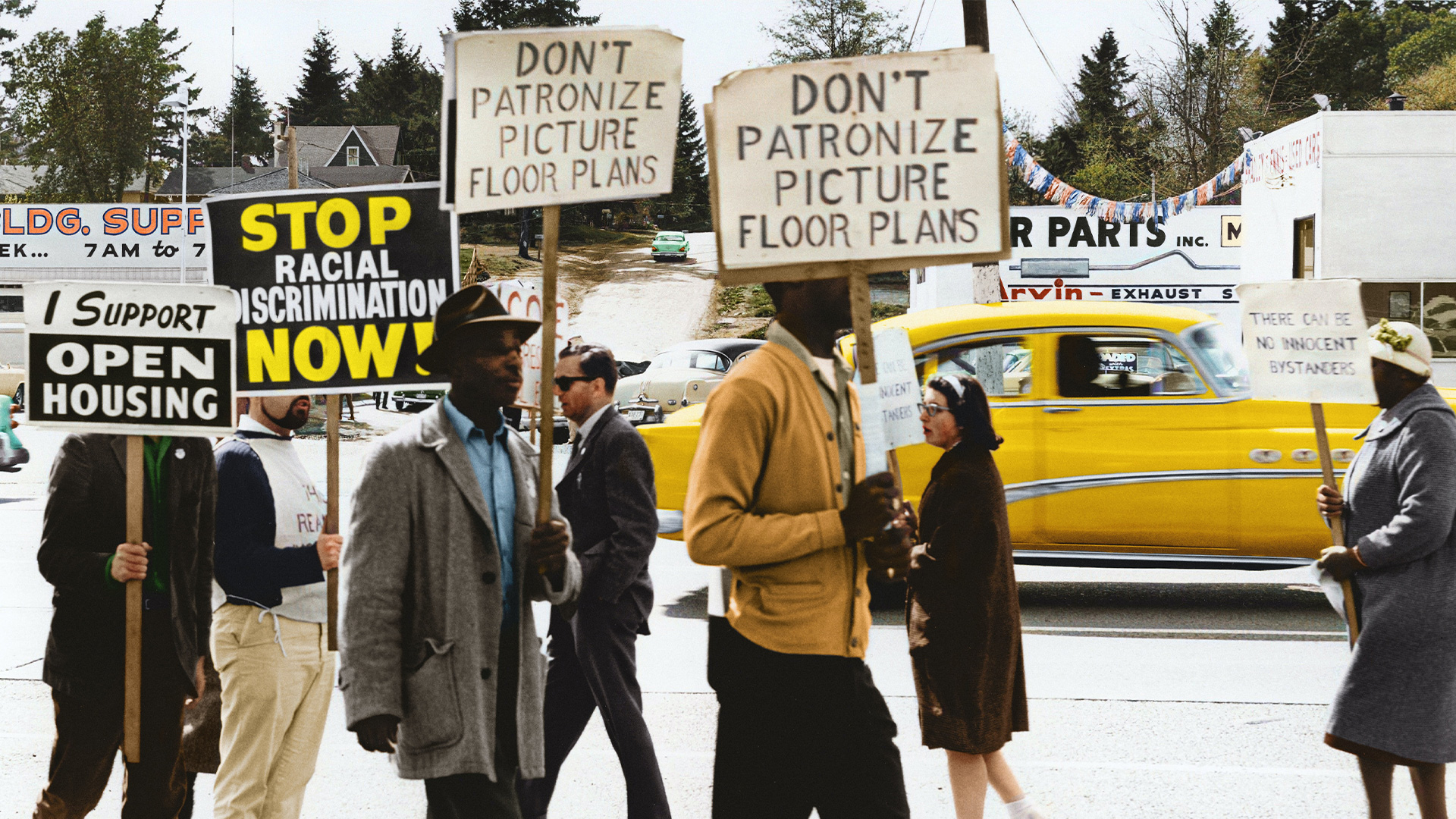
Media coverage of American cities often depicts two scenarios: the first shows glassy skyscrapers, growth and success. The second features urban crime, economic depression and, more often than not, communities of colour. Not only is this an over-simplification, neighbourhoods portrayed as on a downward trajectory find it hard to attract people, investment, and ultimately growth.
A new research partnership between the Brookings Institution think-tank and the National Association for the Advancement of Colored People (NAACP) aims to bring light to the value and strength inherent in black communities around the US.
The primary project, called the Black Progress Index, investigates the areas where black people are most evidently prospering, and the factors underlying this. The first part of the project focuses in particular on life expectancy for black Americans. It establishes a prediction of life expectancy based on 13 weighted factors such as population density, air pollution, and black homeownership rate, and then compares actual life expectancy against the prediction. Through this process, the project assesses both important social factors for long life expectancy among black Americans, and also aims to understand why areas deviate from predicted outcomes.
For instance, Putnam County, New York, has the longest black life expectancy of any county in the country at 83.5 years. The average figure of age at death is 85.8 years which is slightly better but still close to the prediction. On the other hand, Scott County, Minnesota, is more divergent, with predicted life expectancy of 82.9 years but black residents living on average to 89.7 years.
Drawing attention towards success stories offers a number of benefits and policy implications for black communities. There is the obvious opportunity to model policies on successful areas but other benefits are more thematic. “We want people to really see that this is a starting point for a conversation on how to improve their community,” says Andre Perry, senior fellow with Brookings Metro, part of the Brookings Institution, and the project’s lead researcher.
Instead of looking at the results of the research as the ideal places for black Americans to live, Perry says it’s about learning by example and making communities better. “The goal is to give people a sense of what they need to improve upon and how they can improve upon it. When people see what is happening to [the high-ranked] Montgomery County, Maryland, I hope they ask why that is the case. It could be proximity to the federal government, good ordinances, low commute times, but you look at these indicators not to say they are just the causal factors but that there are conditions behind each metric you can change elsewhere.” In this way, the project aims to promote equity while shining a light on well-performing counties.
The 13 factors covered by the research run the gamut of social to economic, but there are particular implications – and lessons – for the real estate world, as well. While the black homeownership rate is low (currently 44.2% compared to the national average of 65.5% and 74.1% among white citizens), Perry points to the correlation between owning a home and health.
“Housing is not just about wealth, it can add years to people’s lives if there are higher homeownership rates,” he says. While the situation is improving, Perry points to additional innovation within the housing sector that can directly lead to major benefits. For example, the government-backed mortgage company Fannie Mae started counting rent payments toward approval for a mortgage in 2021. Other solutions include new loan products that help all people of colour become homeowners, and adopting new processes around the business of real estate such as investing in the development of more black appraisers.

“Housing is not just about wealth, it can add years to people’s lives if there are higher homeownership rates” Andre Perry, Brookings Metro

“Was the community ever part of a redlined district, or stigmatised as being of low economic potential? Every time we pull comparables, it can perpetuate that stigma” Brian Gay MRICS, Suncorp Valuations
A major area of progress that is needed is the thought process leading to the valuation of property. Brian Gay MRICS, managing director at Suncorp Valuations, encourages other valuation professionals to be more thoughtful of the history of the properties and areas they work with. “Are we as property valuation surveyors really conscious of the comparables we’re using, or the zoning and planning decisions that were made in our markets? Are we going to that level? Was the community ever part of a redlined district, or stigmatised as being of low economic potential? Every time we pull comparables, it can perpetuate that stigma.”
A discussion of bias in real property appraisals has to be part of the conversation here. Philicia Lloyd is a certified general real estate appraiser and a real estate broker providing commercial and residential valuation services through her company Lloyd Real Estate Services LLC. She serves as an appraiser special magistrate for tax petition hearings in the state of Florida. She is also an appraisal instructor.
“No one says ‘I’m going to be biased’,” Lloyd says. Therefore, if an appraiser is noted as demonstrating bias in their work, for instance by systemically undervaluing properties in a given market area, she suggests determining if improvement can be made through education or mentorship, perhaps partnering with another qualified appraiser, or if the bias is part of a pattern of deliberate misrepresentation.
“Maybe to be optimistic, there could be an improvement in 20-30% of the appraisal assignments. This is a more immediate remedy, because it can take up to five years for more qualified independent appraisers to enter the field. Most clients, especially lenders, require at least three years of experience before the appraiser can join their panel, in addition to the two years that will be needed to get their license or certified credentials.”
The work of the Black Progress Index resonates with John Jones, a real estate expert who focuses on the intersection of real estate and technology. He often writes about tapping the economic value of black communities, which he says have $1.5 trillion of buying power, are clustered in some of the most economically potent states in the country, and see bachelor’s degree attainment rates of 1 in 4 for people aged 25 or over.

“There could be an improvement in 20-30% of the appraisal assignments” Philicia Lloyd, Lloyd Real Estate Services LLC

“Dogmatic thinking and the failure of all of the players involved to envision a new 2025 model for real estate development make it harder for creative new investors to develop outside the box communities” John Jones, real estate expert
Jones sees the development of micro-communities, small-scale mixed-use developments on a neighbourhood or even a street-by-street level, as an integral way to start making progress towards equity in real estate. Alongside making use of data science and technology to boost safety, Jones hopes for opportunities to involve black developers, contractors and vendors, and even the visual arts community, in these projects. But, he says, “dogmatic thinking and the failure of all of the players involved to envision a new 2025 model for real estate development make it harder for creative new investors to develop outside the box communities that will change the course of the living spaces and interaction in our communities”.
As Perry’s research with the Black Progress Index continues, perhaps that kind of stifling bureaucracy will be identified as having a negative impact on life expectancy. In the meantime, he says there are opportunities for individual real estate professionals to plug into the progress. “Real estate people can help do the comparative analysis between counties and look at the differences between places doing good and not, and see why some are doing better than others,” he says.
Next steps for the Index include drilling down into the local data and taking a closer look at areas where lifespans outperform predictions. “We know that on average the home ownership rate is about 43—45 percent for black people,” Perry says. “But some places are 20 points higher than that. How is this happening? There have to be income issues or lending issues there, so on each of those dials we want to do a deeper examination.”
For Perry, the Brookings Institution and the NAACP, the work is just beginning. But for the real estate industry, the need to improve is both immediate and imperative. “I want the industry to realise there is an urgency about this,” Perry says. “It isn’t just about giving people an affordable place to stay, it is about adding years to lifespans.”


